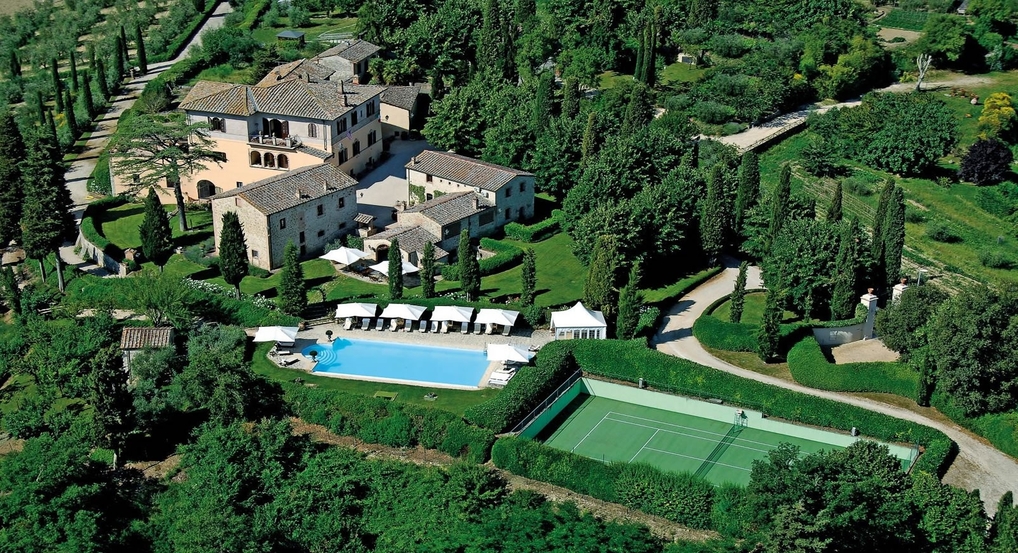
Villa Vittoria, a beautiful and secluded private estate in Chianti.
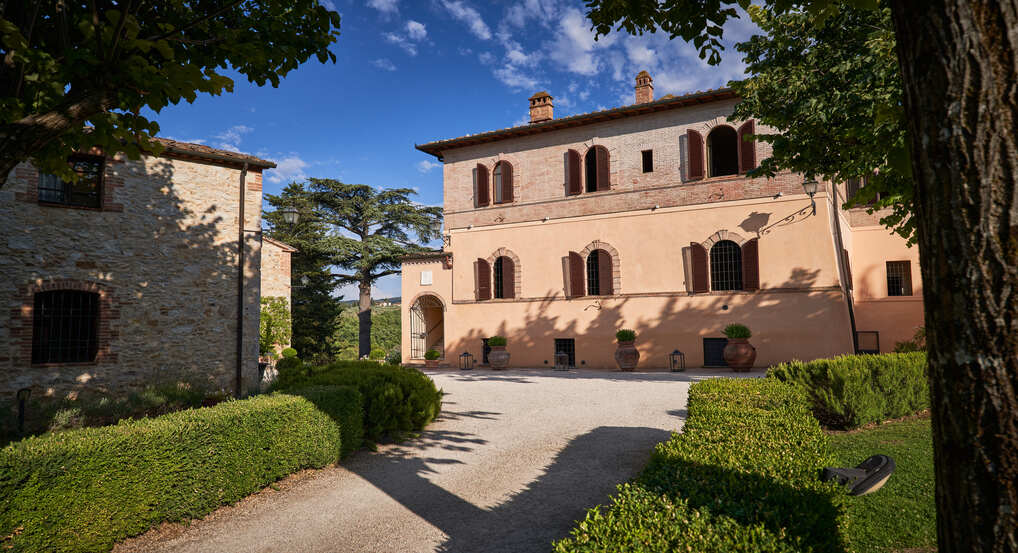
The historic and elegant villa has roots dating back to 1400.
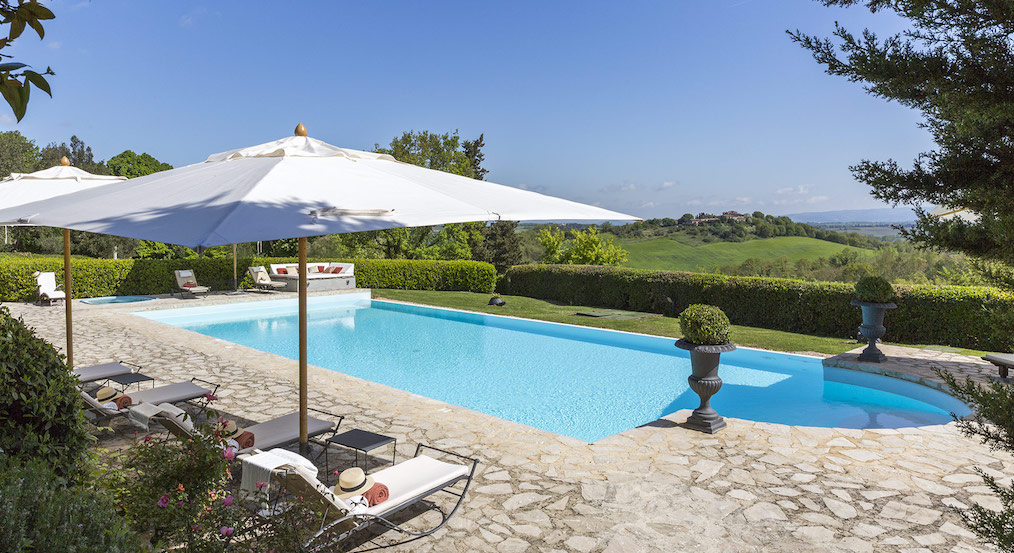
The swimming pool is bordered by manicured gardens and vineyard
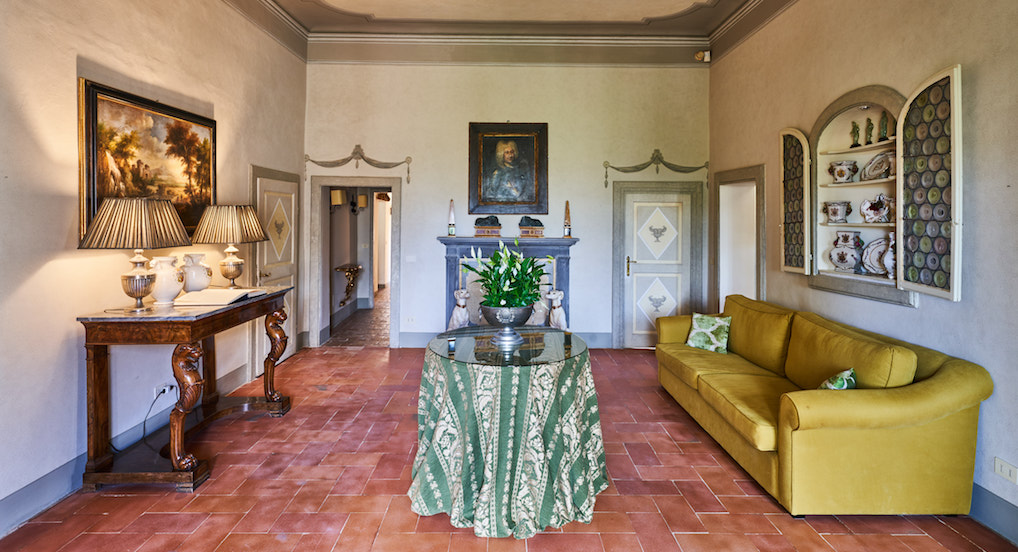
The villa's elegant entrance hall.
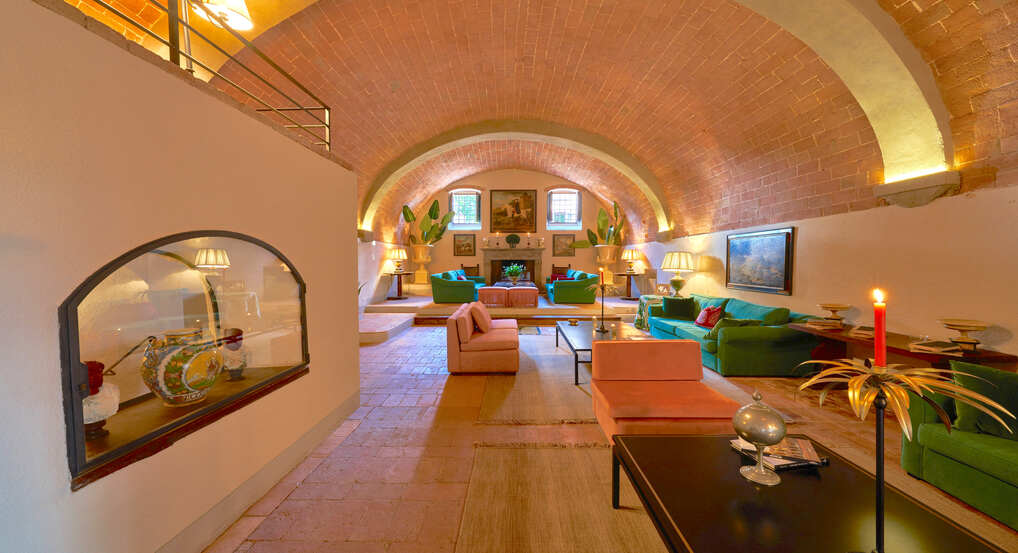
There is a large triple, arched living room.
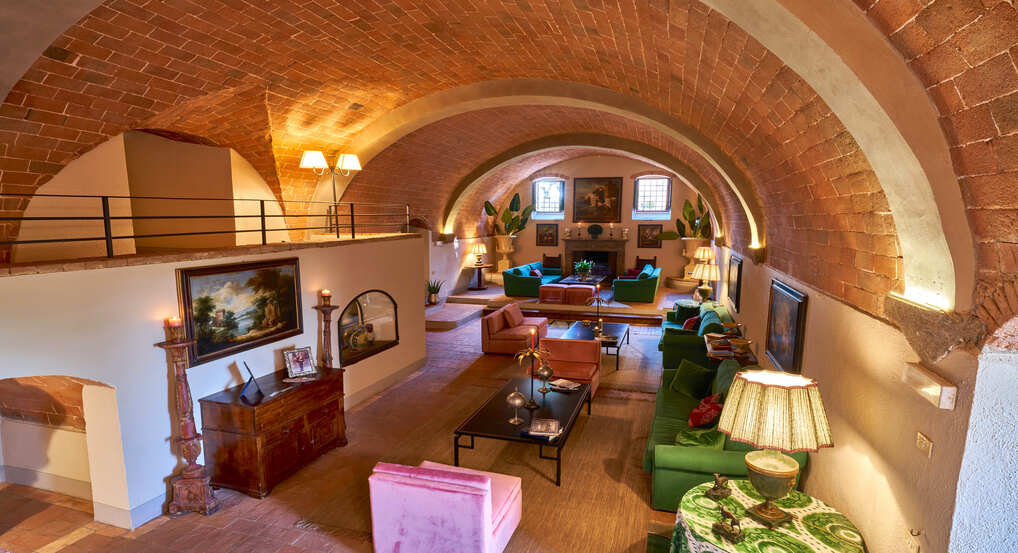
Despite its vast size, the living room remains intimate thanks to its different sitting areas.
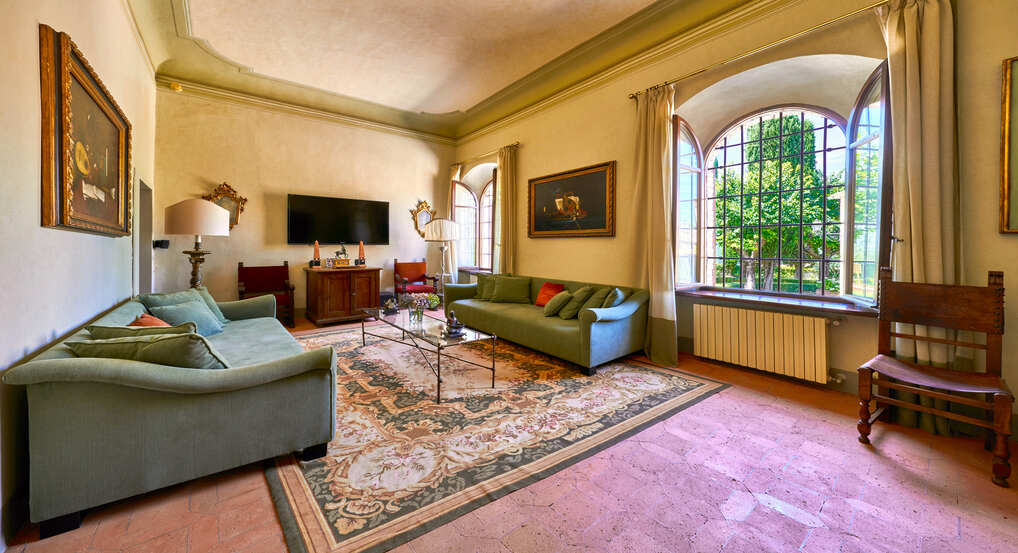
On the first floor is this TV room
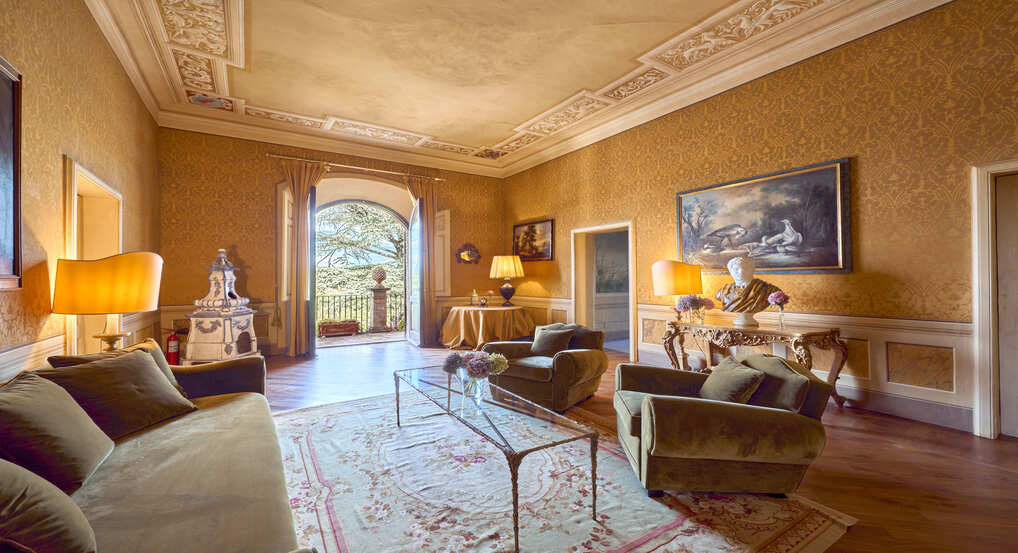
There is an additional living room on the second floor.

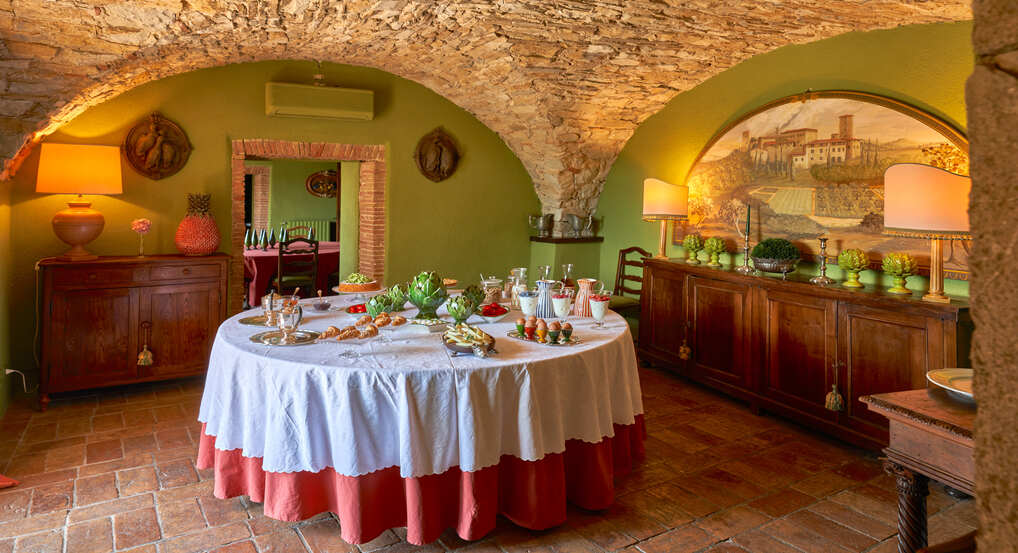
The dining room is located in a series of three rooms in the cellar level of the villa.
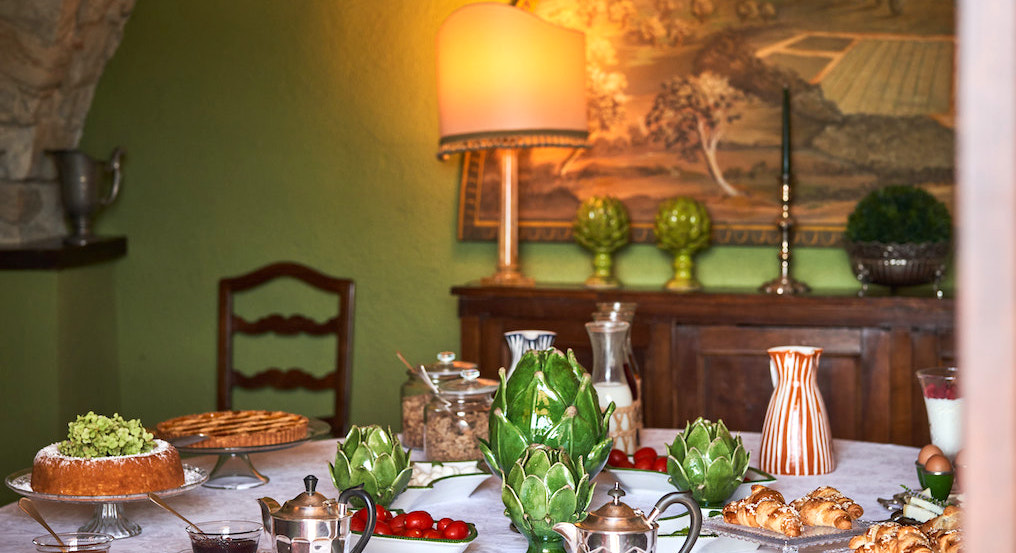
This is where breakfast is served and indoor evening meals.
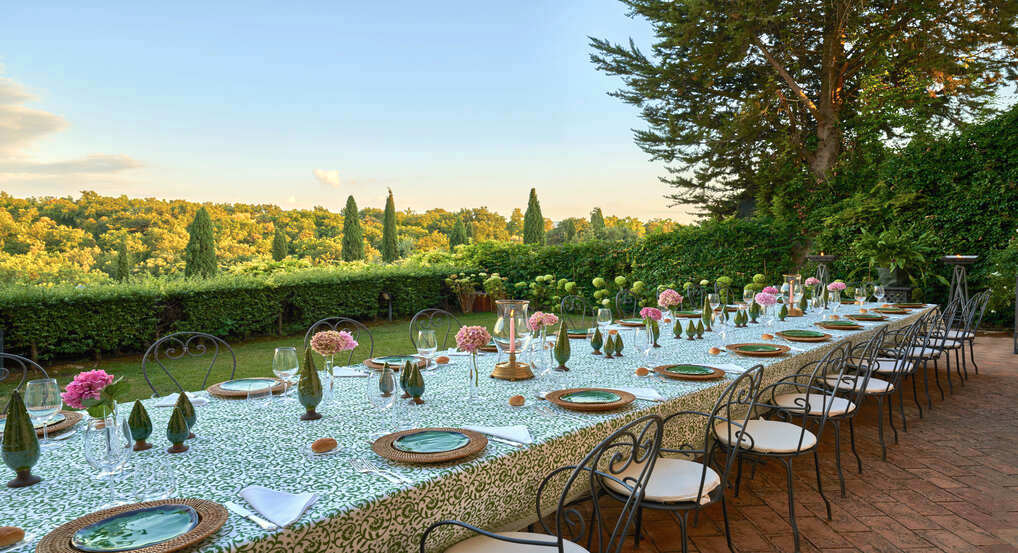
From the dining room there is direct access onto the outdoor dining terrace.
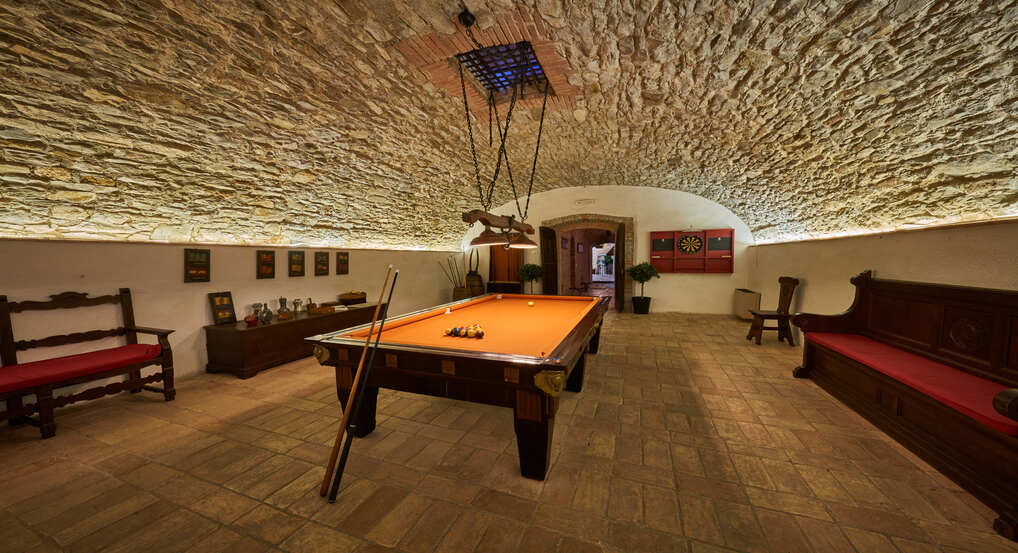
The billiards room
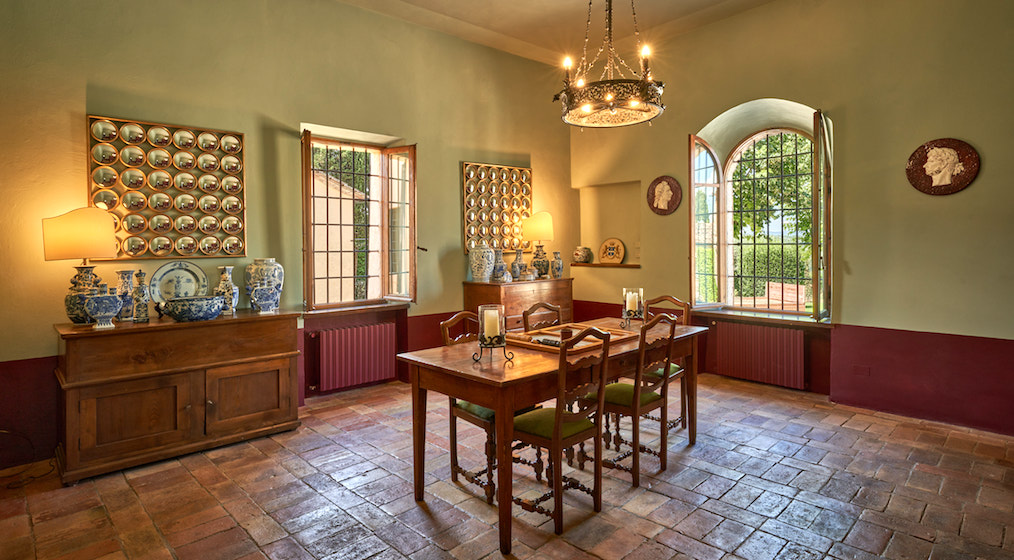
There is also a tea kitchen with a small dining table for light meals and snacks.
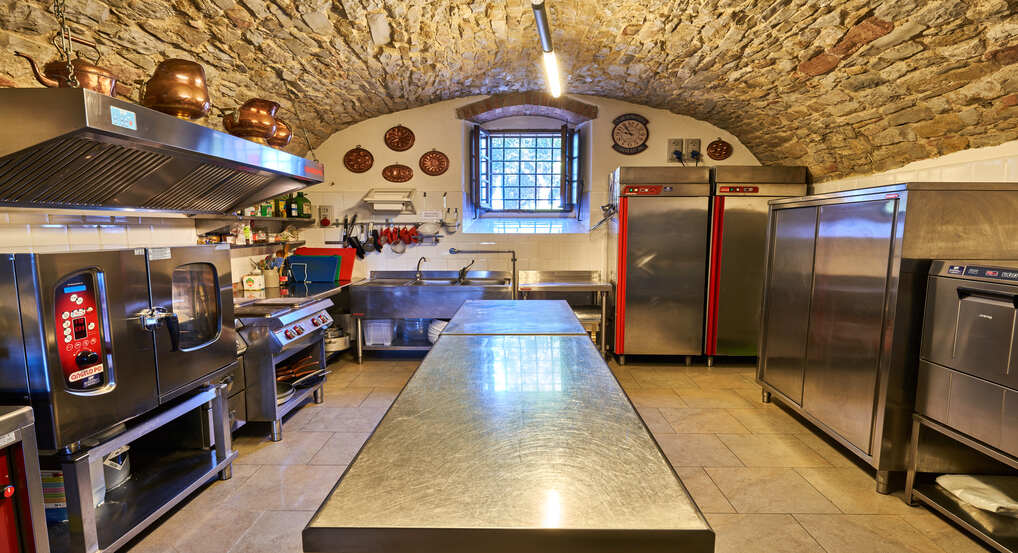
The professional kitchen is used by the villa's staff to prepare your evening meals. Cooking classes can be arrange here.
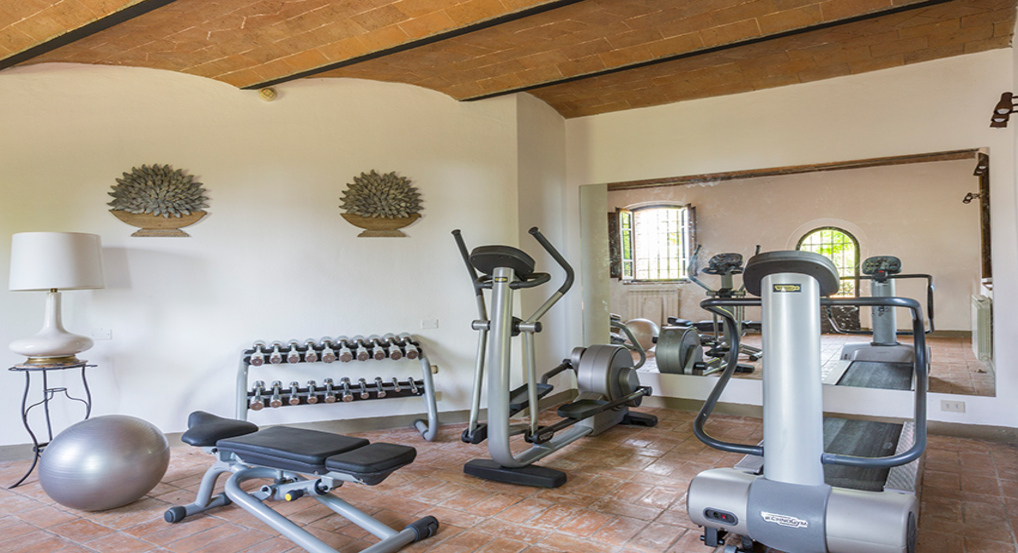
Guests can keep up their fitness routine in the well-equipped gym
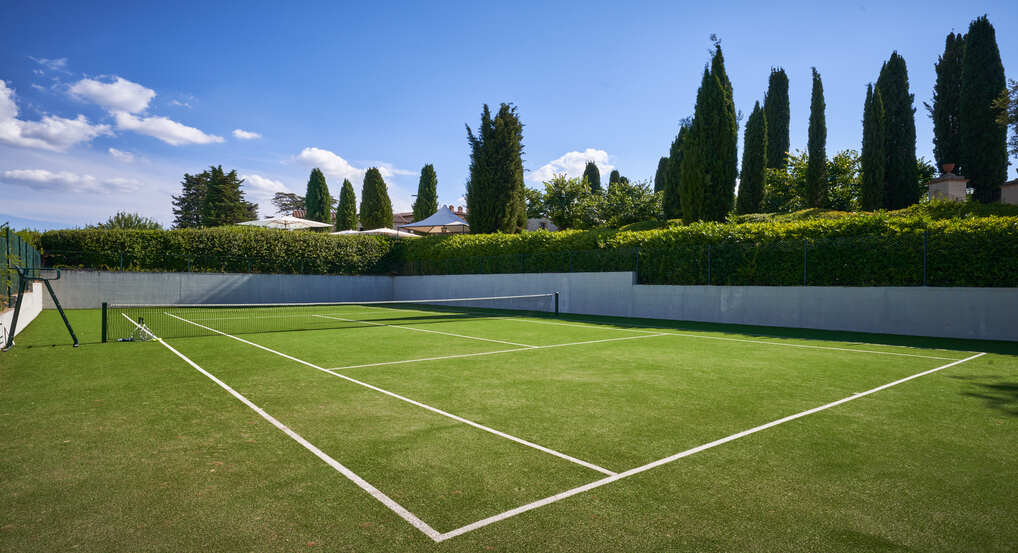
The astro-turf tennis court
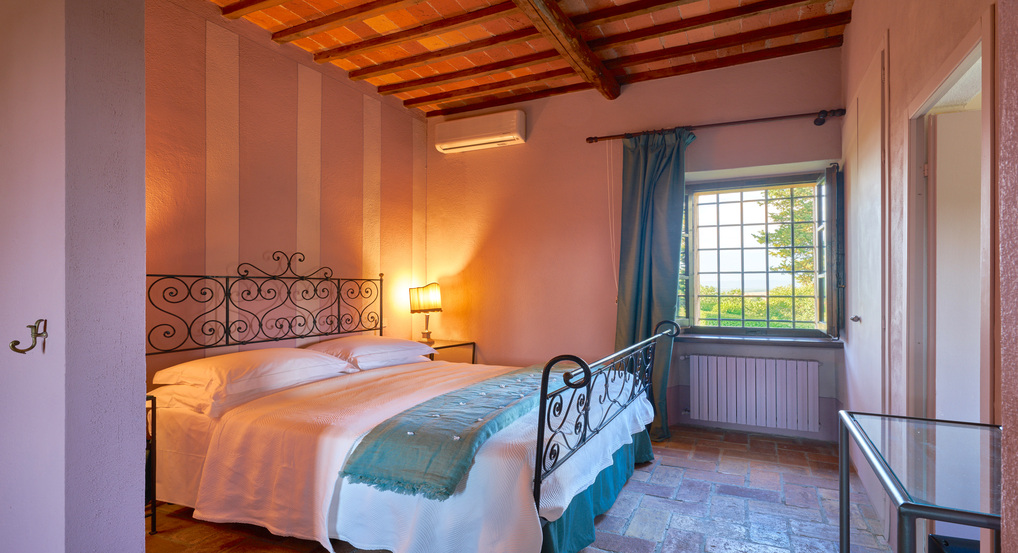
Ground floor Stripes suite (n°216)
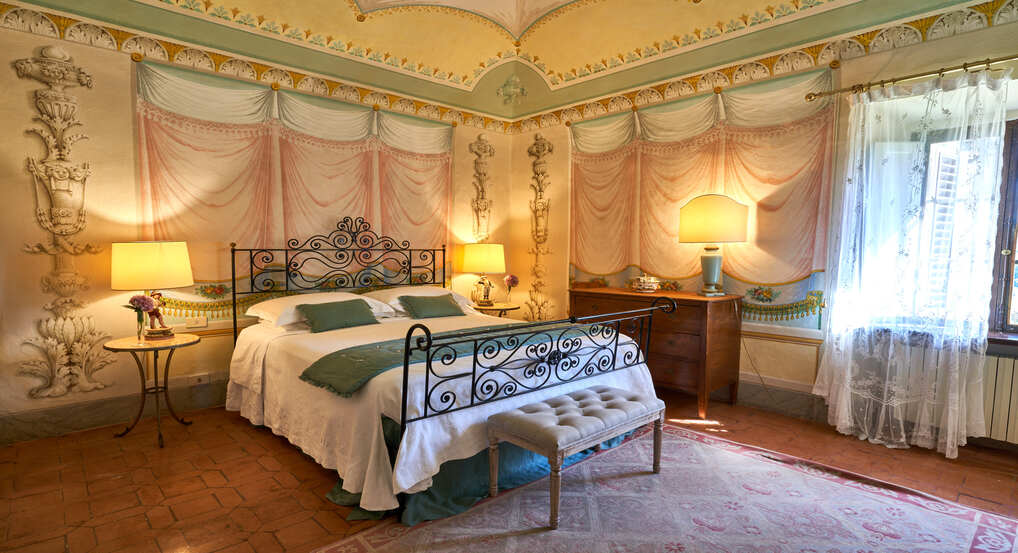
1st floor Frescos suite (n°209)
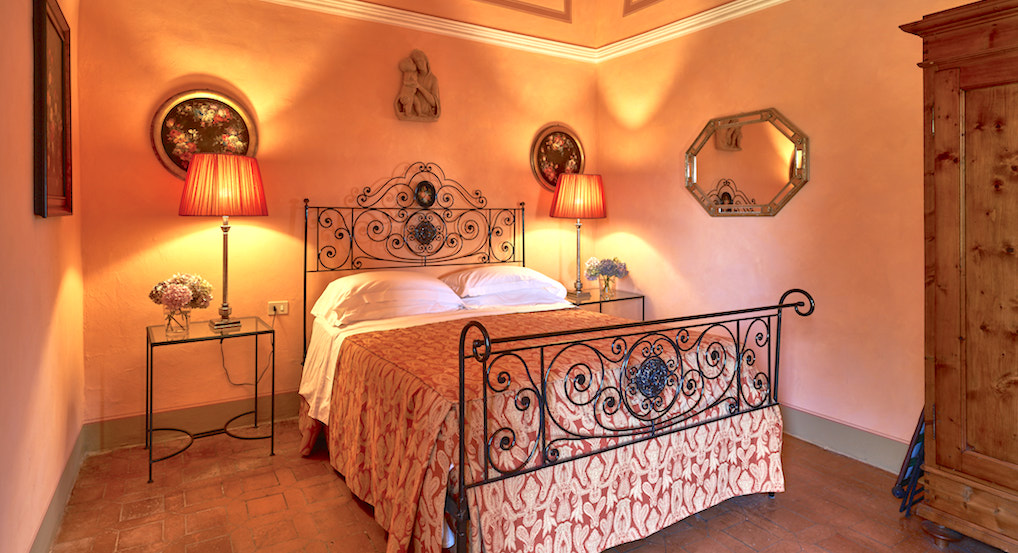
1st floor Arabesco suite (n°210)
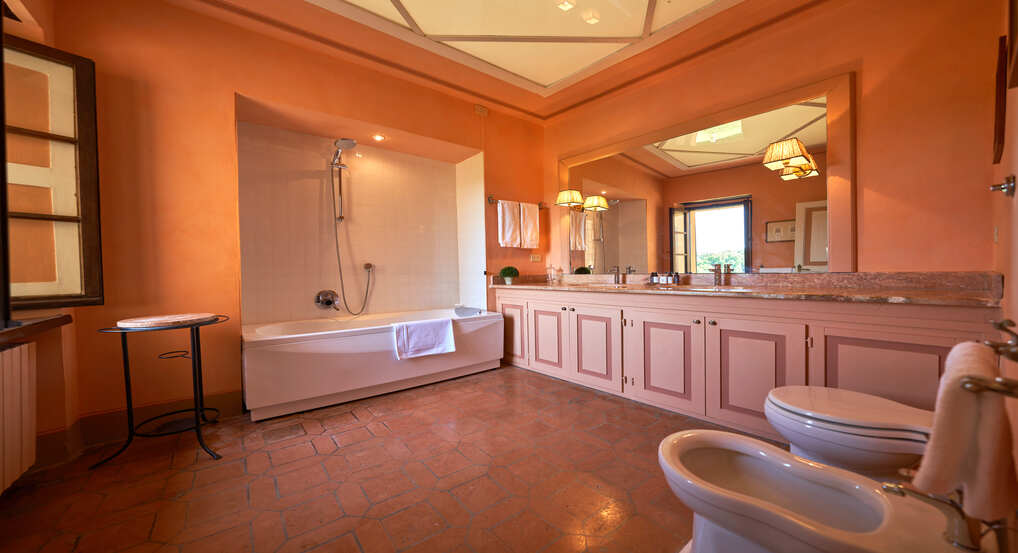
The Ensuite bathrooms are spacious and boast luxurious fixtures, like there En suite for Arabesco suite
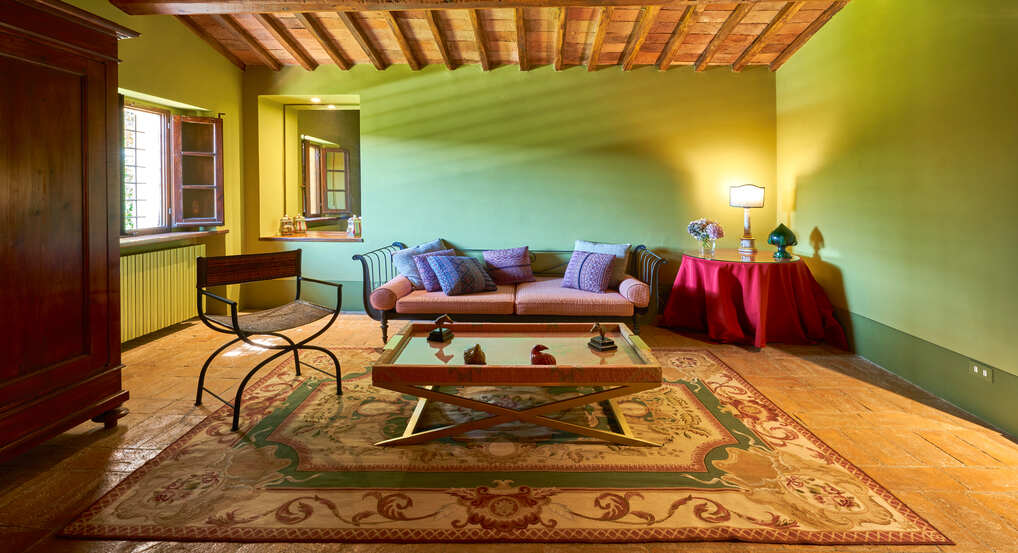
1st floor Celadon Suite (n°212)
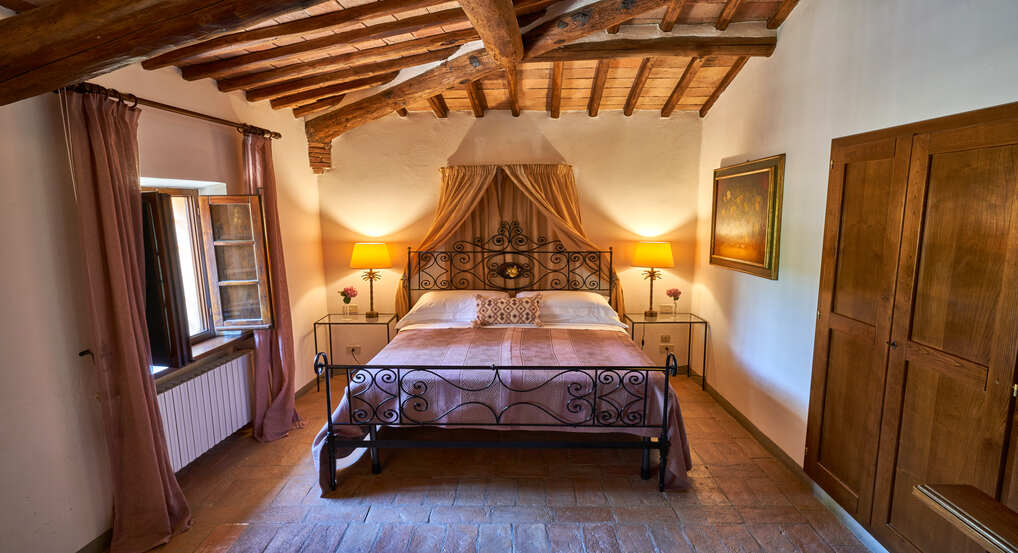
1st floor Amber bedroom (n°214)
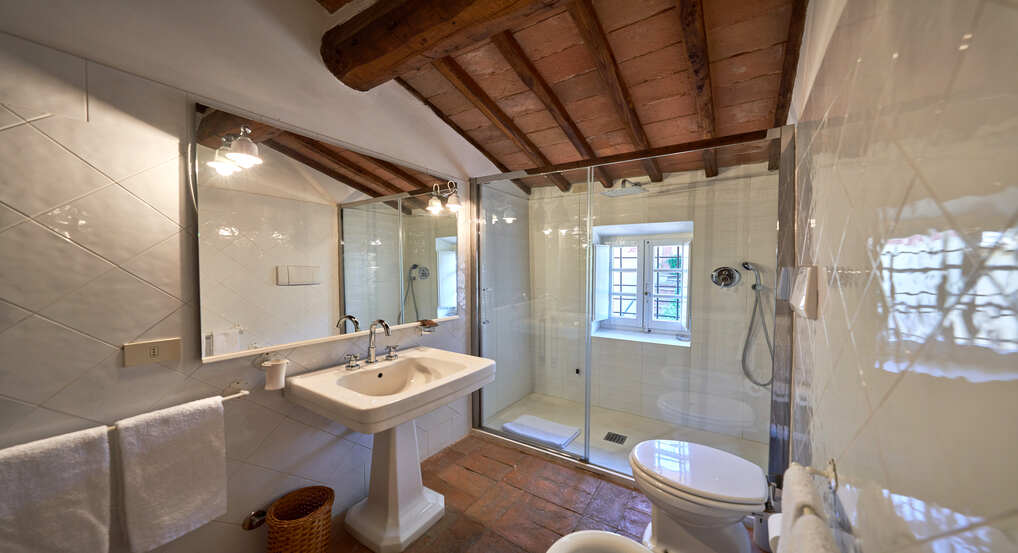
En suite Amber bedroom
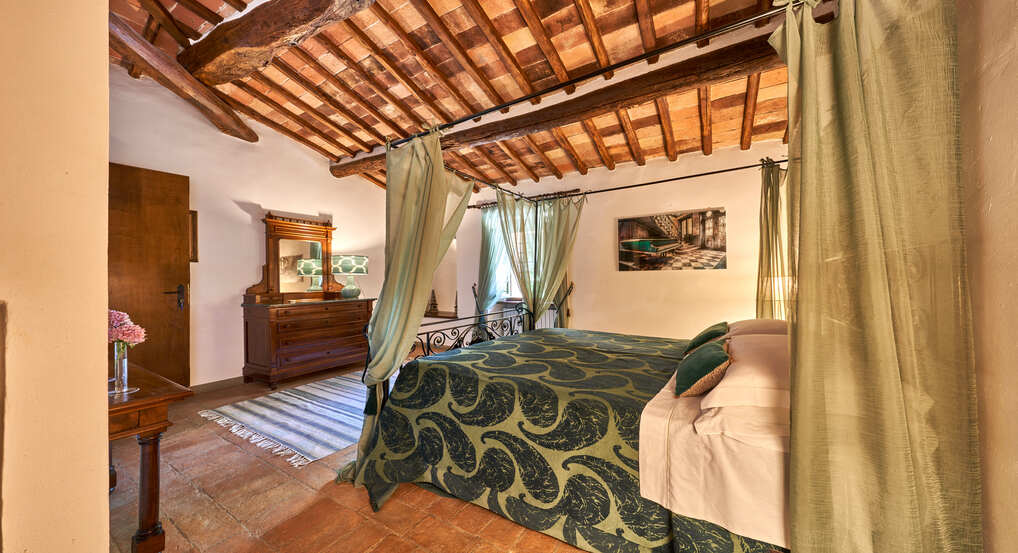
1st floor Canopy bedroom (n° 215)
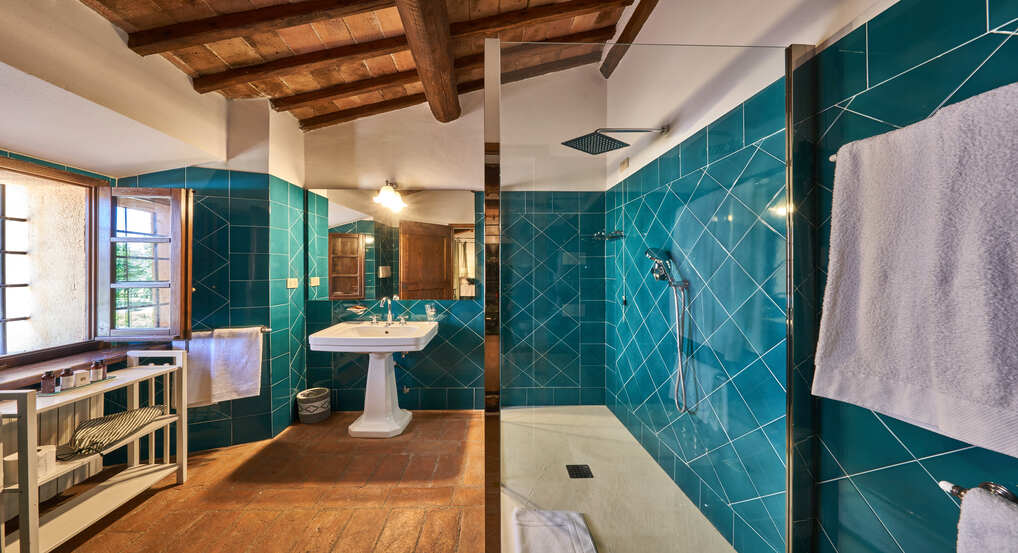
The green palette is carried over into its Ensuite, which has a shower/tub.

Charm is around every corner...
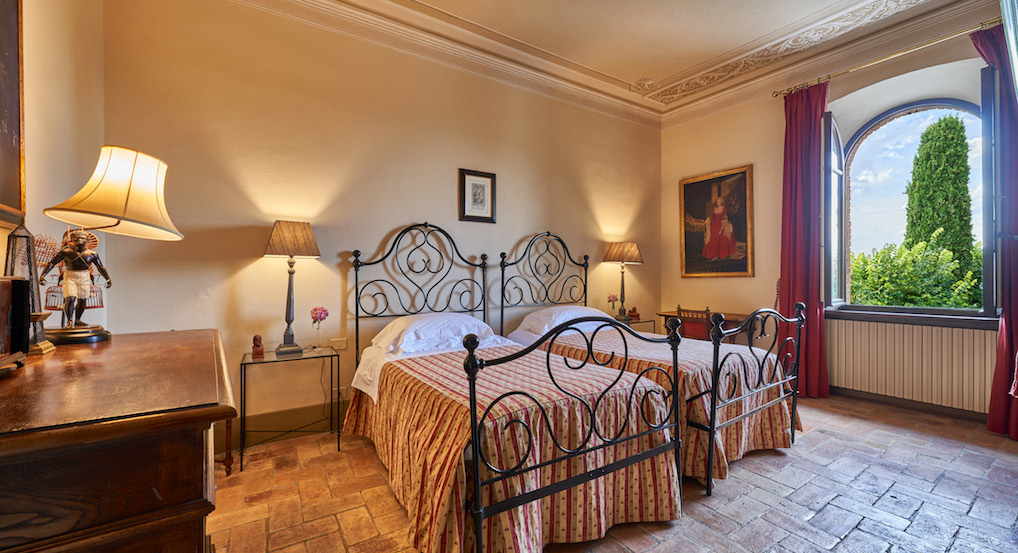
2nd floor Sand bedroom ( n°218)
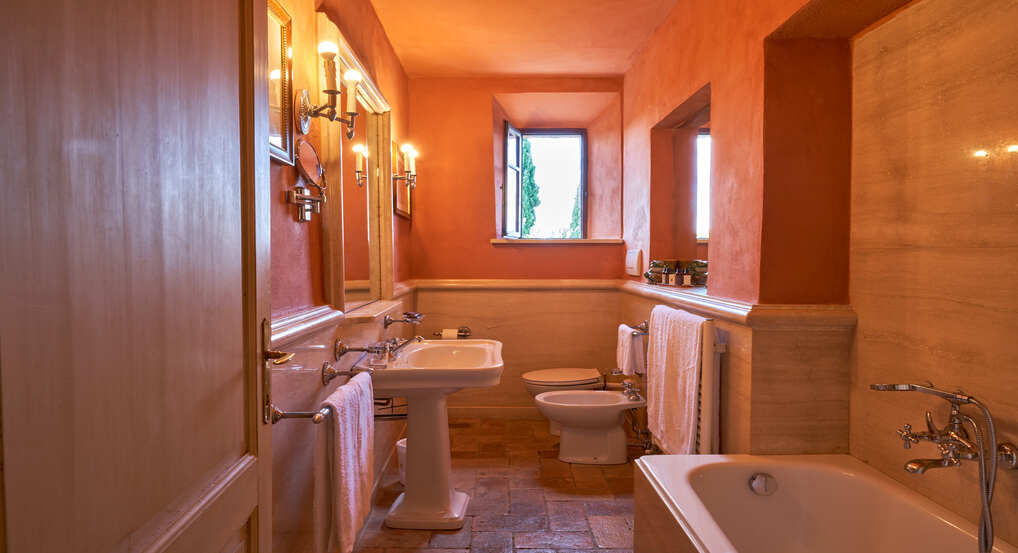
Sand en suite bathroom 218
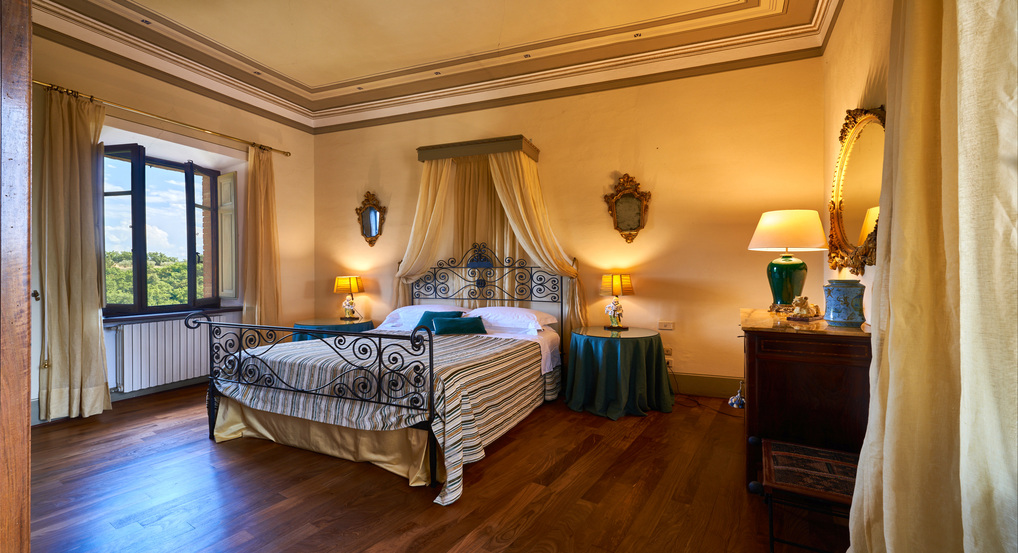
2nd floor Mirror bedroom (n°219)

En suite Mirror bedroom

2nd floor Magenta bedroom (n°220)
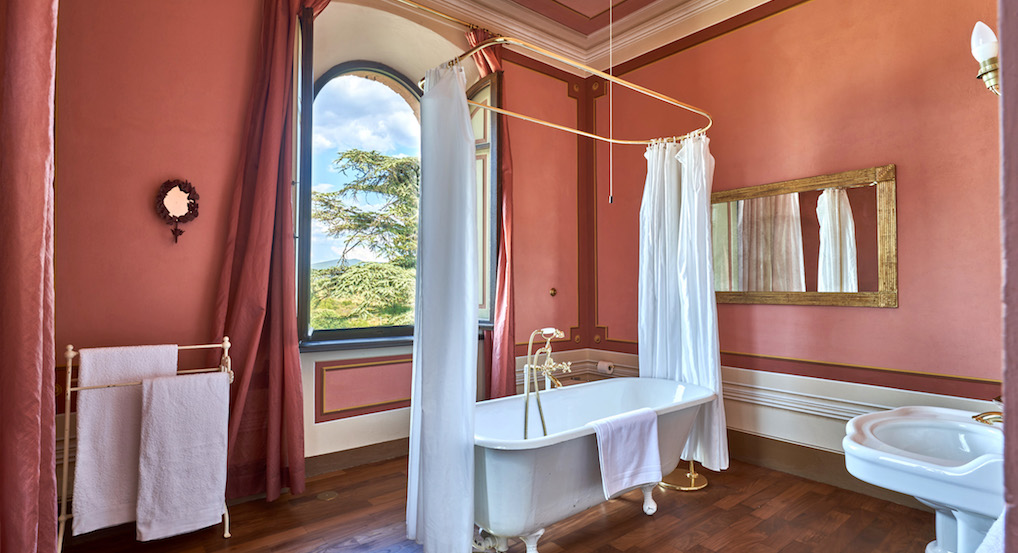
En suite Magenta bedroom
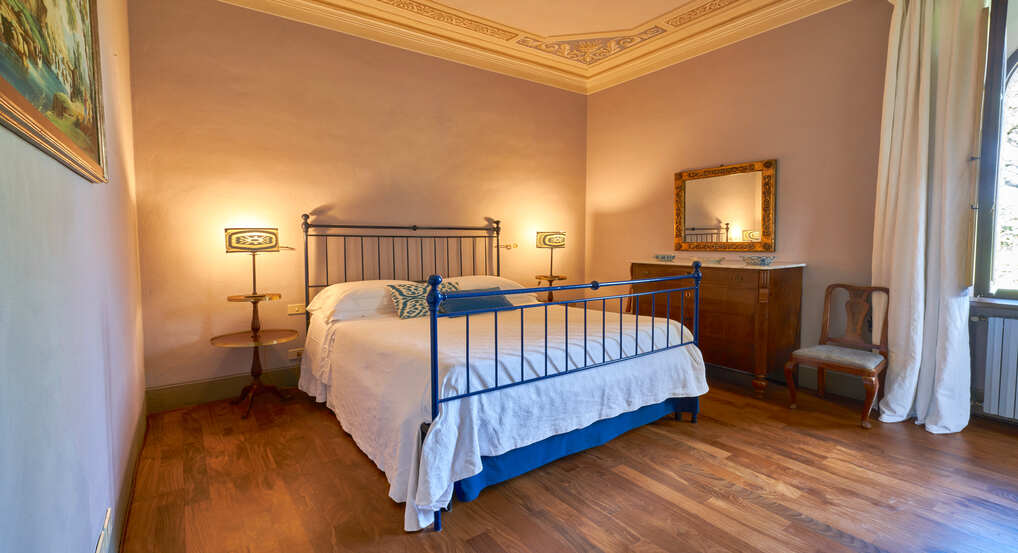
2nd floor Blu bedroom (n°221)
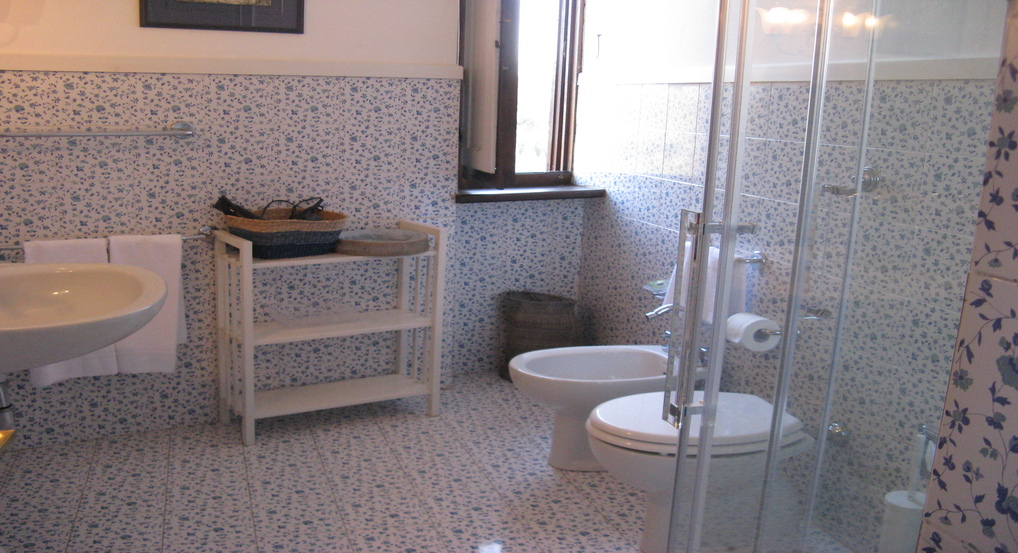
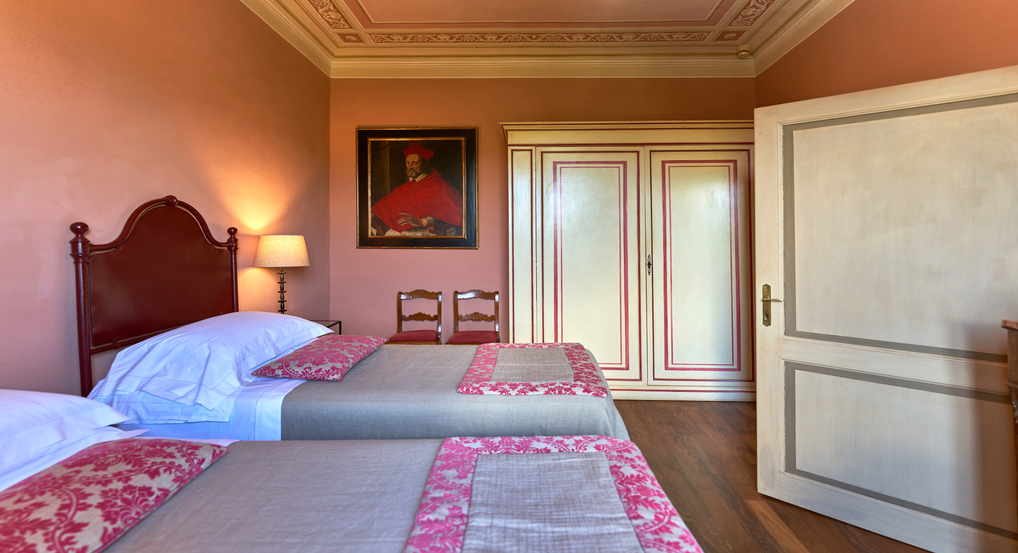
2nd floor Cardinal bedroom (n°222)
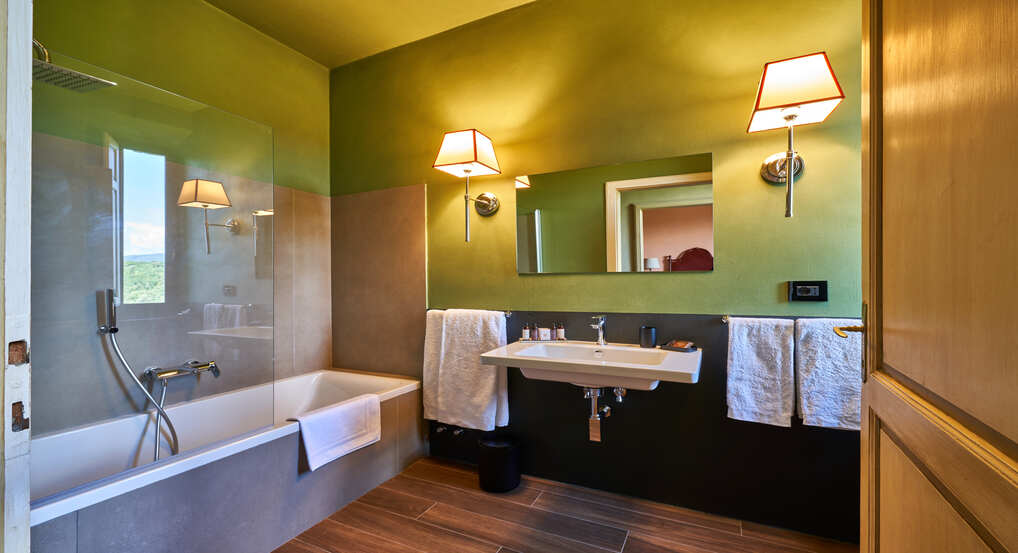
En suite Cardinal bedroom
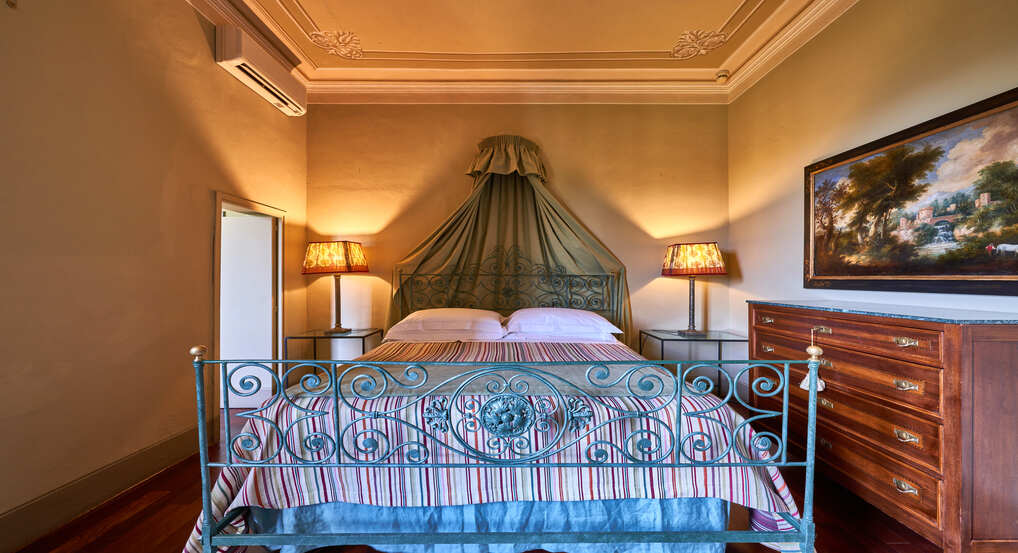
2nd floor Landscape bedroom
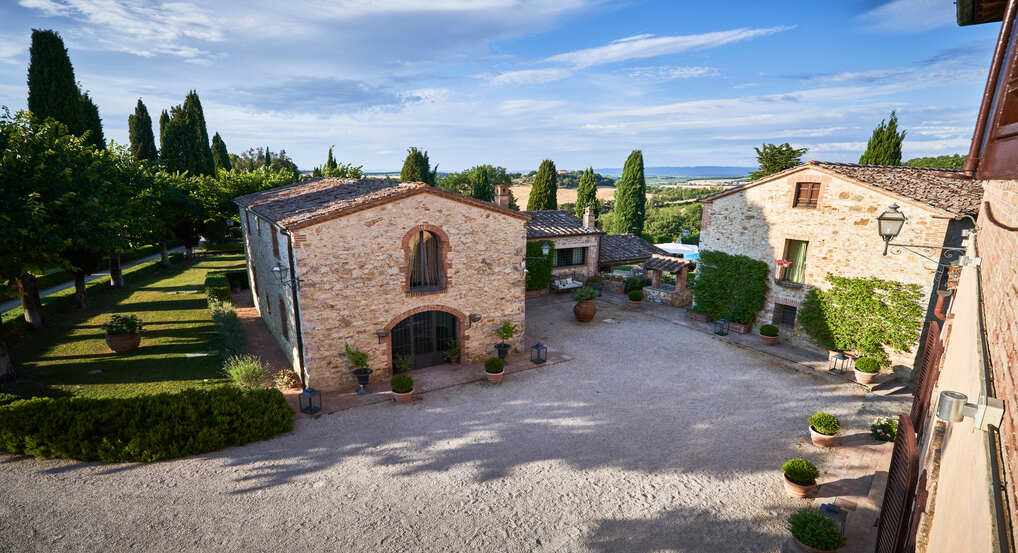
Th property is divided into a main villa and guest house which host three additional bedroom
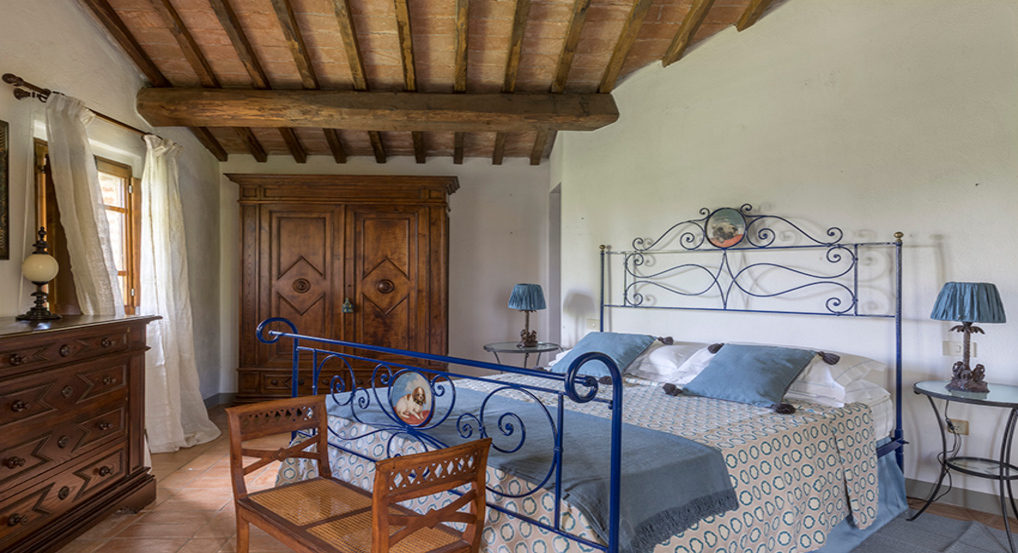
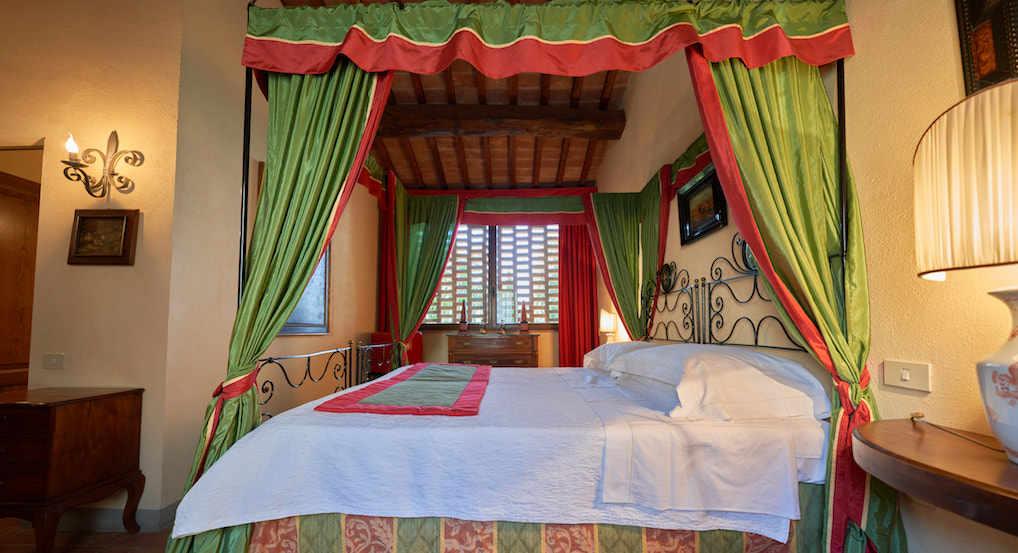
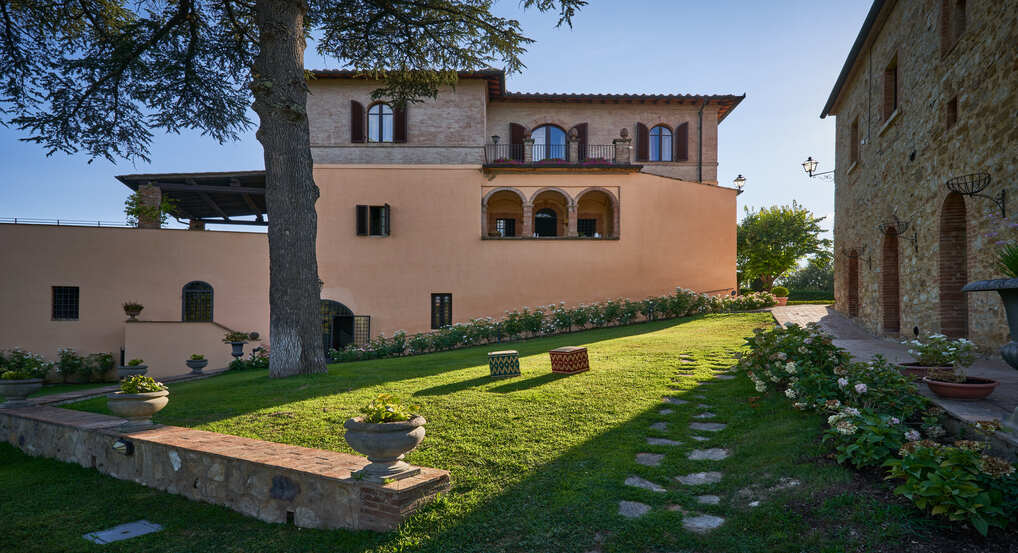
The classic Tuscan design creates an enchanting setting
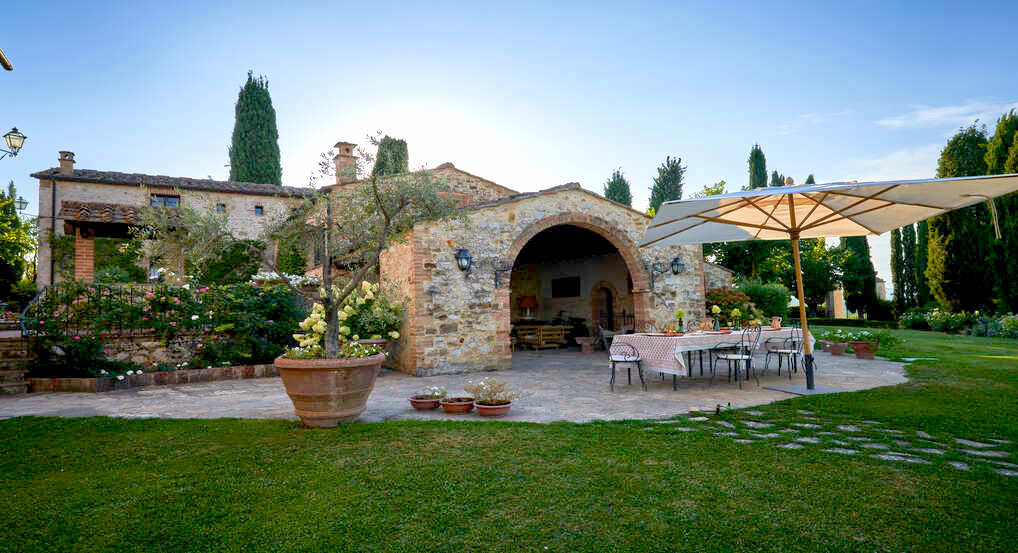
There is a variety of outdoor living and dining spaces.
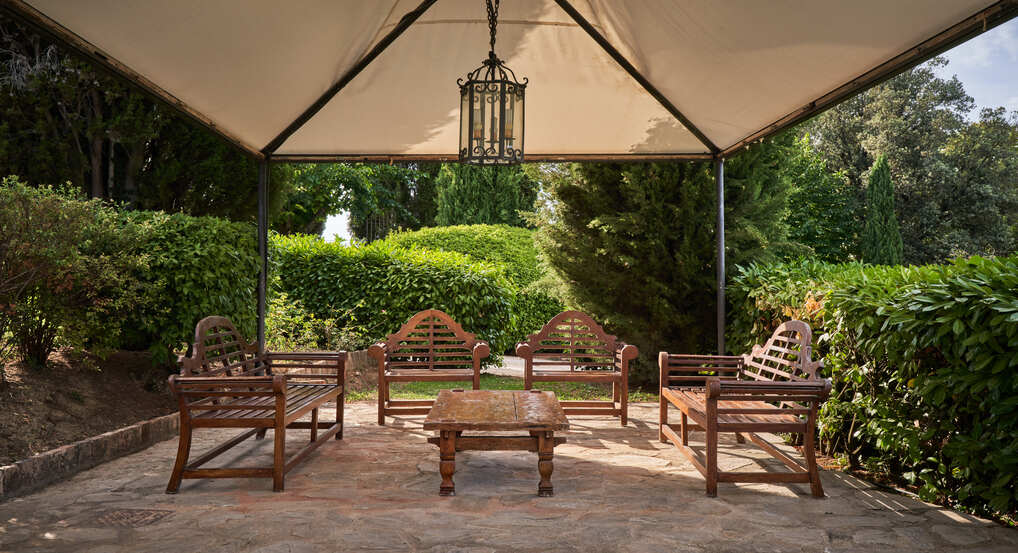
There is also a shaded outdoor living area near the pool.
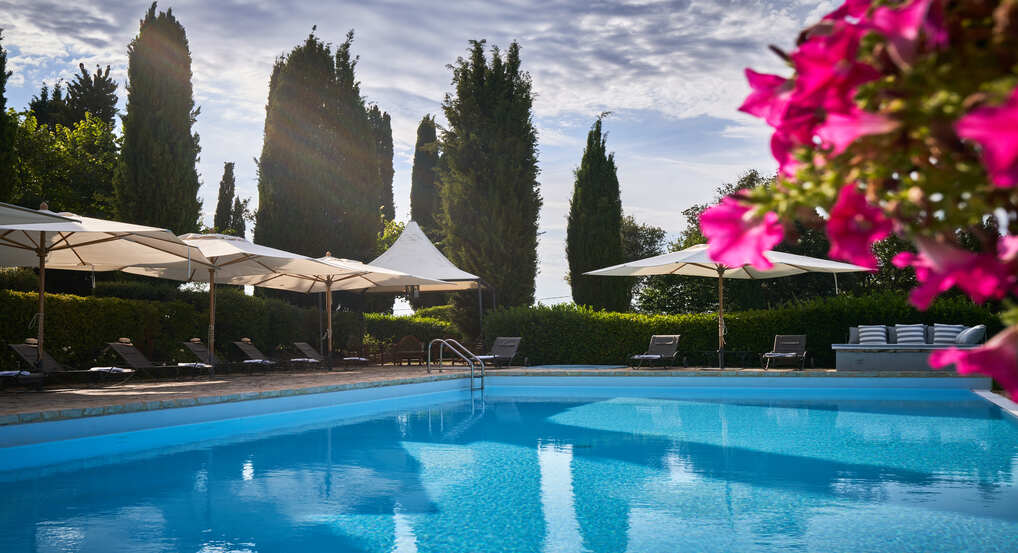
The swimming pool is surrounded by sun loungers, umbrellas and other stylish outdoor furniture
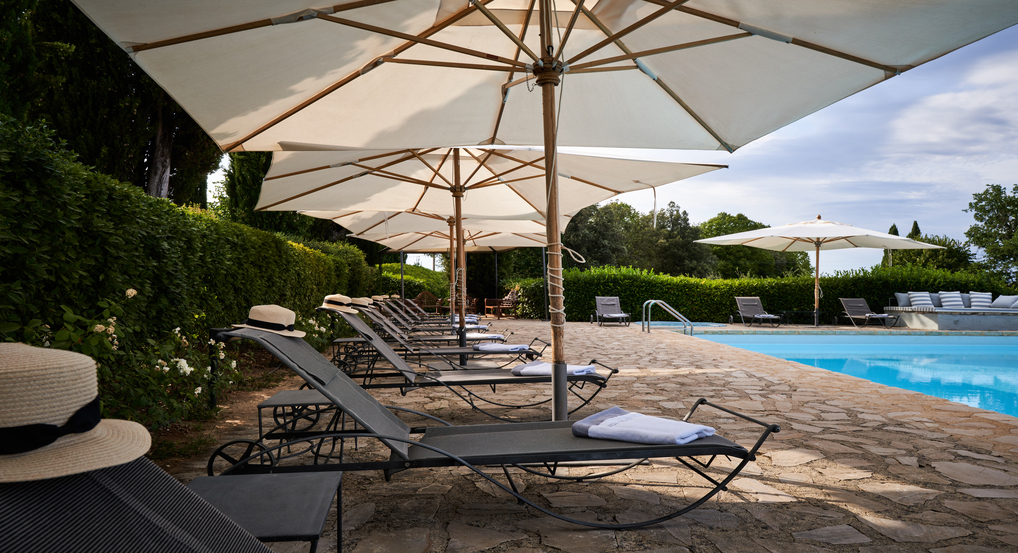
It's the perfect place to relax and soak up the ambiance.






